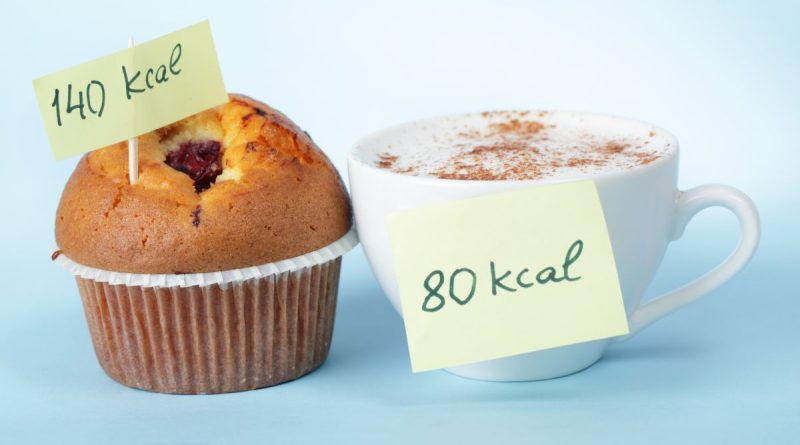Learn to differentiate Kilocalories from Calories and don't be fooled by labels | The State
Calories and kilocalories are two units of measurement that can be confused with each other due to the similarities between their uses. According to Healthline, calories and kilocalories can be used interchangeably whenever we talk about a topic nutritional.
However, there are other areas where it is inappropriate to refer to calories and kilocalories, which deserves that we know what the differences are between them.
What are the differences between calories and kilocalories?
“Calories” is a term used for measure energy. When we talk about calories, we refer to the amount of energy that exists in food or drinks, although we can also refer to the amount of energy that we burn with physical activity.
At some point a distinction can be made between “small” calories and “large” calories. 1 large calorie would equal a thousand small calories, just as 1 kilogram is equal to 1000 grams.
The term “kilocalorie”Was created to avoid the confusion between small calories and large calories. Being so, the term “kilocalorie” refers to the set of 1,000 calories, while “calorie” refers only to the caloric unit.
However, this is a distinction that has fallen into disuse over time outside the realms of physics and chemistry, where it is still maintained and applied. As a result, the terms “calorie” and “kilocalorie” are used interchangeably in nutrition and dietetics.
The interchangeable use of the terms also results in no need to convert calories to kilocalories and vice versa, at least outside of physics and chemistry, because it starts from the premise that 1 calorie equals 1 kilocalorie and vice versa.

Calories in Nutrition Facts
Calories and kilocalories are two energy measurement terms that are commonly used in the nutritional information displayed on the labels of the products that we buy and that must inform the consumer about what is contained in the product they purchase.
Depending on where you live, labels can measure energy with different terms, which can complicate the information on the components a bit because, in addition to calories and kilocalories, another energy measure is kilojoules (KJ).
One calorie or kilocalorie equals 4.18 kilojoules, or 4,180 joules. If you want to convert calories to kilojoules, you just need to multiply the calories by 4.18. On the other hand, if you want to know how many kilojoules are a certain amount of calories, you divide that amount by 4.18.
Having clarified that, the energy measurement terms that are used in some territories are indicated below.
- U.S: calories
- Canada: calories
- European Union: kilojoules and kilocalories
- Australia and New Zealand: kilojoules, or calories / kilocalories
- China: kilojoules
Now that you are more familiar with it meaning of calories and kilocaloriesWe hope that you are a little clearer about the information contained on the product labels and what they represent, since if your goal is to lose weight, you may find these data very useful.
You may also like:
Why these 5 foods rich in minerals should not be missing in your diet
No excuse to lose weight: 4 delicious recipes with very easy kiwilimon spinach
What is sourdough and how to prepare it at home
.



